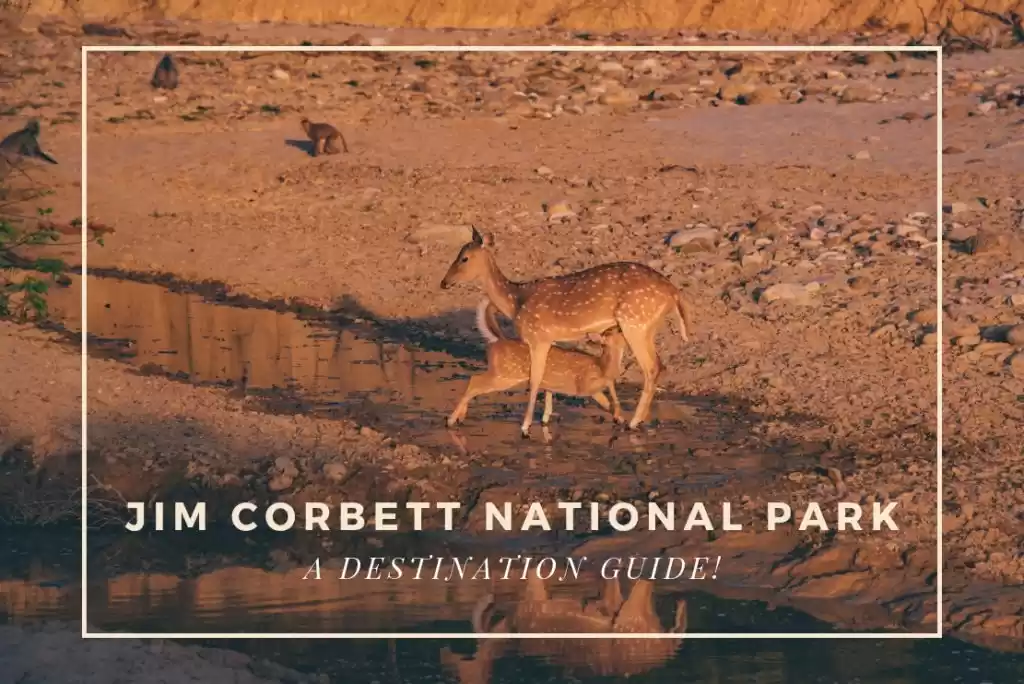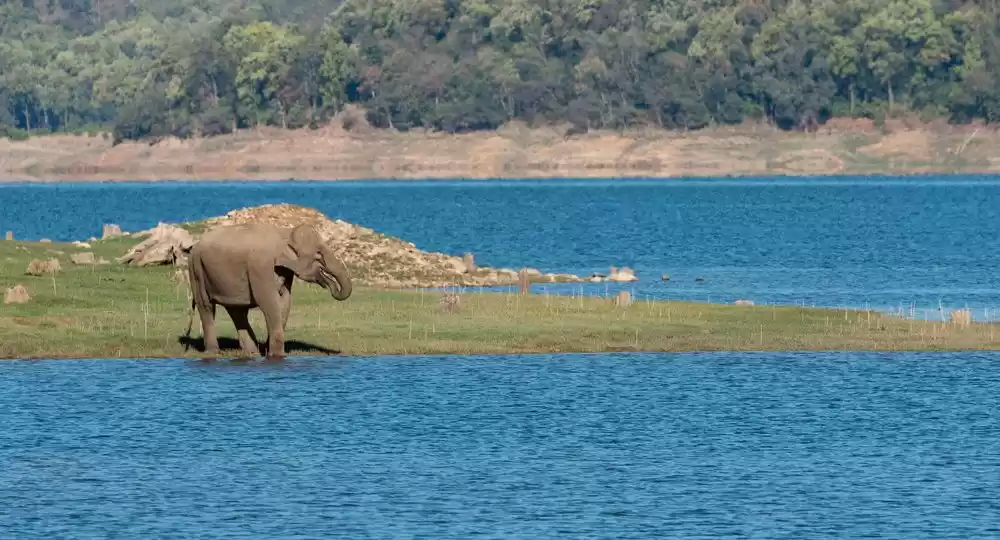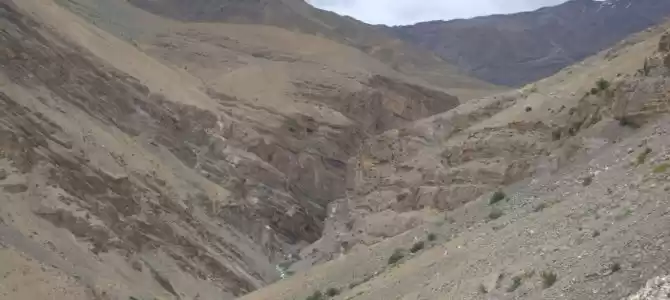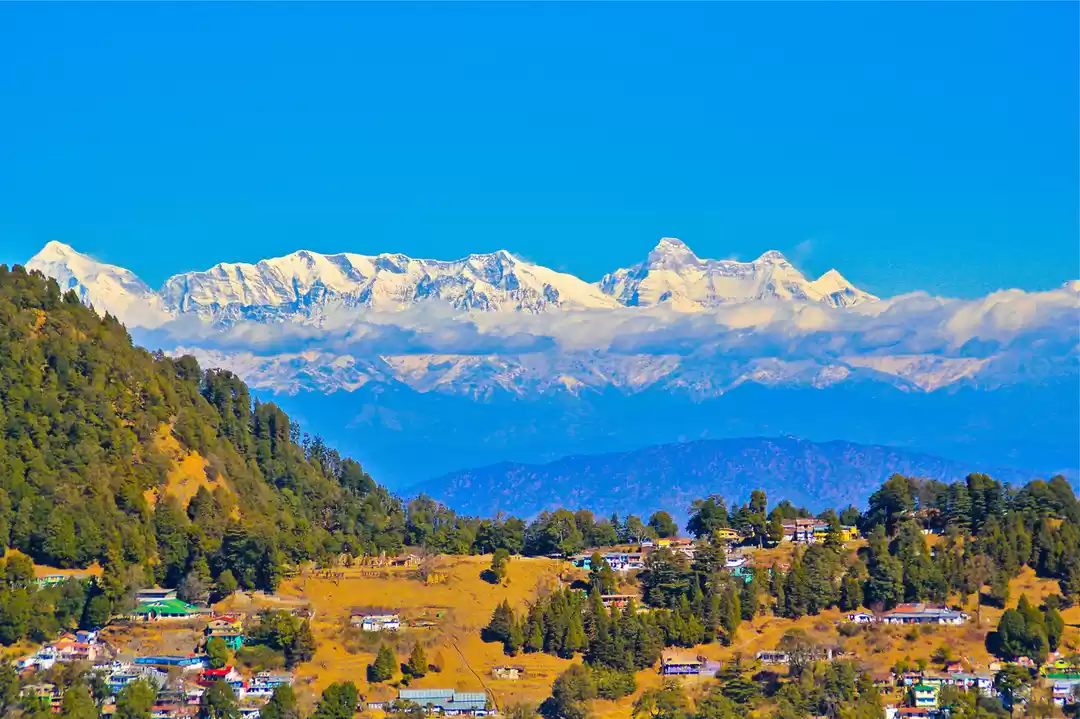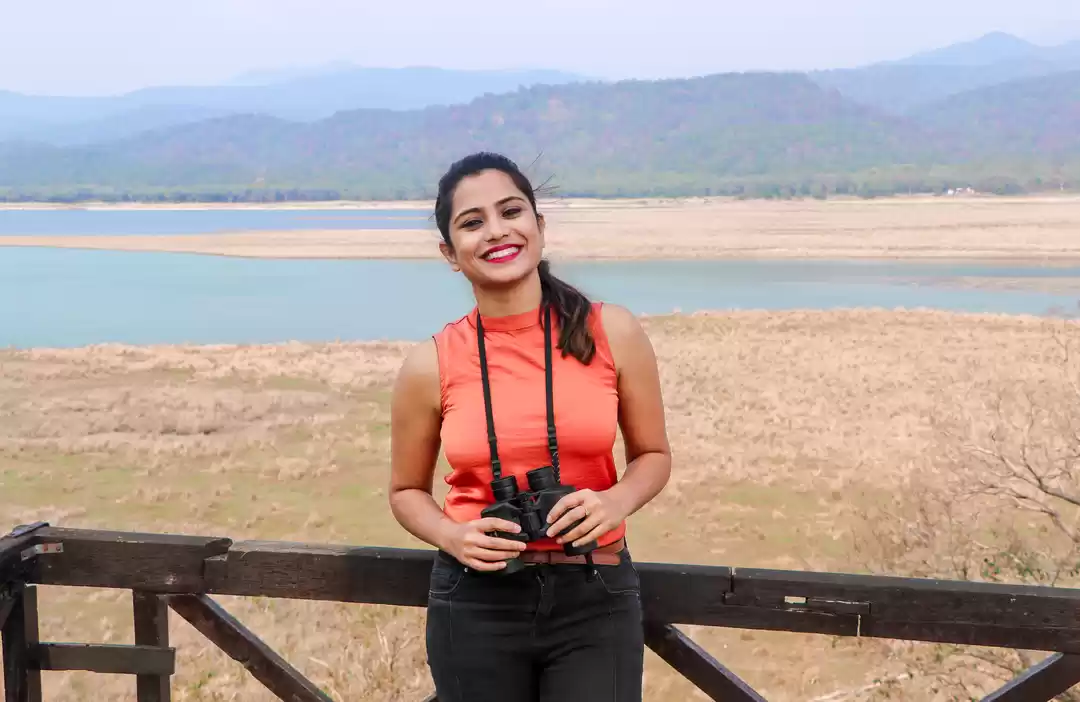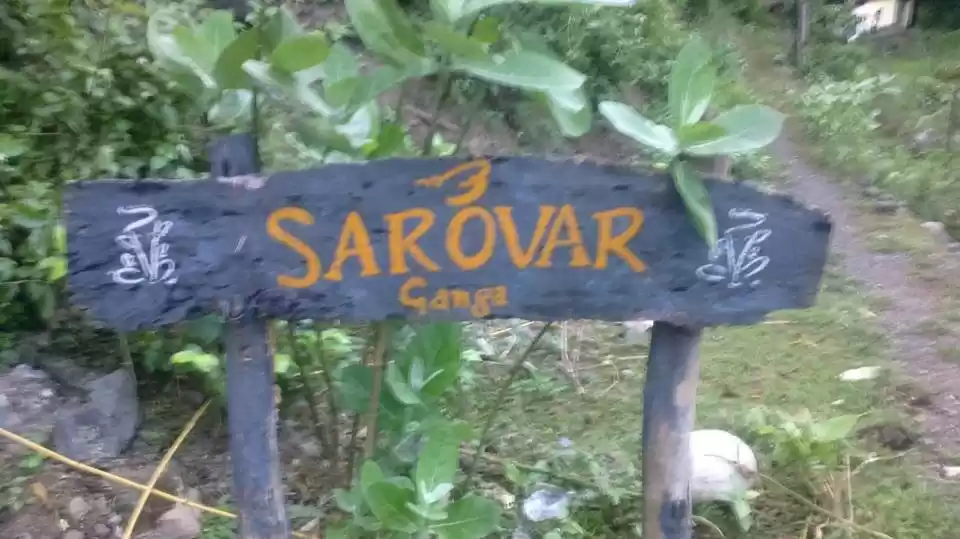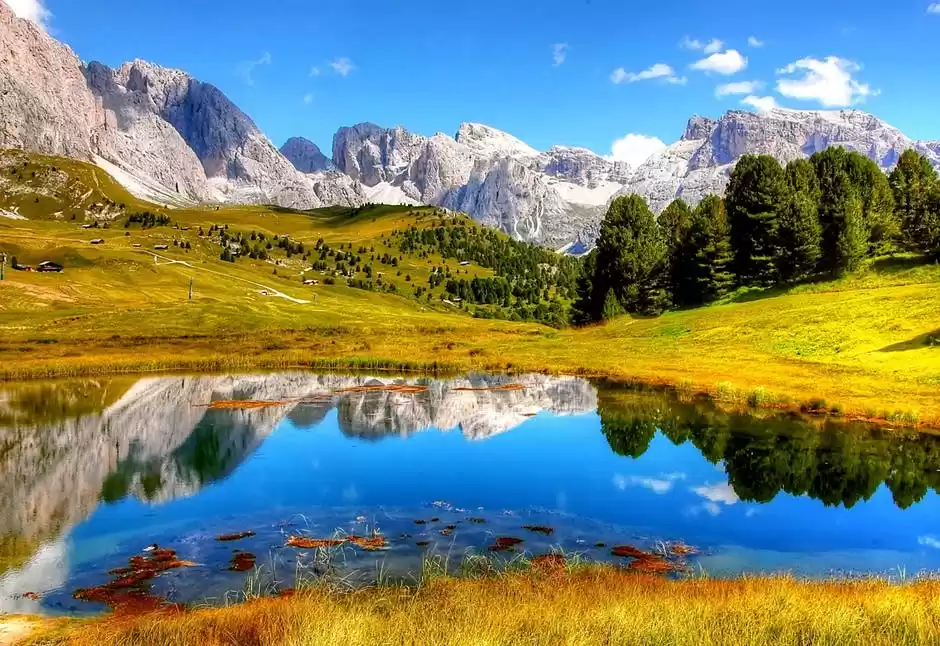
North India has such a vast variety of places to offer. Here you can find everything from a World Heritage Site to lakes, waterfalls and lush green forests.
The major cities of Northern India, Delhi, Jaipur, and Lucknow see an enormous amount of visitors every year.
In Delhi, the national capital, you can't afford to miss the gems like Humayun's Tomb, Red Fort, Old Fort, India Gate, Lodhi Garden, Chandni Chowk, and Rashtrapati Bhawan.
North India has been the historical epicenter from the beginning. The Mughals, Delhi Sultanate and British India Empire flourished here at some point in the past.
The population of North India has people from different cultures.
There are Hindu pilgrimage centers of Char Dham, Ayodhya, Vaishno Devi, the Buddhist pilgrimage centers of Sarnath and Kushinagar and many more.
You can find a bunch of Heritage sites like the Nanda Devi Biosphere Reserve, Khajuraho temples, Hill forts of Rajasthan, Jantar Mantar, Bhimbetka Caves, Sanchi monuments, Qutb Minar, Red Fort, Agra Fort, Fatehpur Sikri, and the Taj Mahal.
Except for the metropolitan cities, let us have a look at places in North India which you shouldn't miss when you're here.
Must-visit places in North India
Jim Corbett National Park in Uttarakhand
Jim Corbett National Park was established in 1936 and is the oldest national park in India. Initially, it was named the Hailey National Park and was made to protect the endangered Bengal Tiger.
The park was named after Jim Corbett, a renowned hunter, and naturalist. It is located in the districts Nainital and Pauri Garhwal of Uttarakhand.
Visitors are restricted from some areas of the reserve so that the wildlife can thrive undisturbed. This measure had to be taken because, over time, it has been seeing an increase in the number of footfalls.
Tourism activity is only allowed in selected areas of Corbett Tiger Reserve so that people get an opportunity to see its landscape and wildlife. Jeep Safari is the most common way to travel within the national park; jeeps can be rented for park trips from Ramnagar
There are a total of 488 different species of flora and 586 species of fauna found at the Jim Corbett National Park.
Jim Corbett is open to visitors from the mid of November to the mid of June. There are different zones in the park.
The Birjani zone is open from mid-October to mid-June Dhikala Zone is open from November 15 to mid-June Jhirna zone is open for the whole year
The park closes every day at sunset.
Spiti Valley in Himachal Pradesh

Spiti Valley is a cold desert located high in the Himalayas, in the north-eastern region of Himachal Pradesh. It got its name 'Spiti' as it means in the middle which is similar to its location which is in the middle of Tibet and India.
Lonely Planet listed Lahaul and Spiti in the best regions to travel in 2018. This has led to its popularity worldwide. The best time to visit is from June to September. In these months, the temperature stays around 25 degrees during the day.
You can reach Spiti only by road and the closest places are Manali and Shimla. As you come from Manali, the entrance is through Rohtang pass. Rohtang pass is open from June to October.
Whereas the road from Shimla to Manali that passed through Kinnaur is open the whole year except during the time of heavy snowfall.
Some of the best spots or places to see in Spiti are Chandra Taal Lake, Key Monastery, Pin valley national park, Kunzum pass, etc.
Chandrataal lake or 'The Moon Lake' is a lake situated in Spiti valley. It is a crescent-shaped lake and is quite popular with campers and trekkers in the Himalayas.
Also Read: Bhutan, what the carbon-negative country teaches us
Valley of Flowers in Uttrakhand
Valley of Flowers is a National Park in North Chamoli in the state of Uttarakhand. It was declared a National Park in 1982 and is widely known for its divine views when the flora blossoms. The park is situated at an elevation of 3,858 meters.
It is one of the best places in North India for nature lovers and Photographers looking for scenic landscapes.
This National Park isn't only rich in flora but fauna as well. It is home to the endangered species like Asiatic Black Bear, Snow Leopard, Musk Deer, Brown Deer, Red Fox, and Blue Sheep.
Only July 14, 2005, it was declared as a World Heritage Site by UNESCO. The entry fees for Indians in 150 INR and for foreign visitors it is 650 INR.
The National Park opens on June 1 and closes on October 4. The best time to visit is during July-August.
A British traveler named Frank Smith discovered this place in the year 1931 and later wrote a book on the Valley of Flowers that popularised this place among the nature lovers.
Markha Valley Trek in Ladakh
Markha Valley is located in the regions of Jammu and Kashmir and Leh. Compared to the rest of the lush green Kashmir, Markha is parched. It is the largest valley of the region.
At Markha Valley, you'll see barren landscapes on the sides of Indus river.
The villages in the valley have cafes or tea houses for when you get hungry after a long trek. Though the terrain is barren, many streams flow in the area.
As the Markha Valley Trek goes through Hemis National Park, Hemis' fauna, mountain sheep, rabbits can be seen around the trail as well.
Most of the villages have preserved monasteries, ruined forts, and temples. Amongst them, the Tacha monastery is an eye and heart catcher that lies between the mountains.
Rishikesh in Uttarakhand
Rishikesh which is also known as Hrishikesh and the Gateway to the Garhwal Himalayas is the Yoga capital of the country. It is located in the foothills of the Himalayas in Northern India.
The word Hrsikesa word implies the name of Lord Vishnu which has come from the word "hrsika" which means senses and "isa" means Lord, thus Lord of the Sense.
It is considered one of the holiest places to Hindus and is situated beside the Ganges river. Hindu saints visit Rishikesh to meditate.
Rishikesh is the 'River Rafting Capital of India'. Apart from river rafting, there are several other adventure activities to do in Rishikesh such as mountain and jungle trekking, camping, rock climbing, etc.
It has the country's only fixed bungee jumping platform.
Also Read: 5 Unique Libraries around the world
Dharamshala in Himachal Pradesh


Third-party image source
Dharamshala lies at the top of Kangra and is surrounded by a thick forest of deodar cedar trees. It was formerly known as Bhagsu.
The Kareri Dal Lake is spread over 1 square kilometer and is named so in comparison with Kashmir's Dal Lake. It is one of the most famous tourist spots in Dharamshala.
Kareri Dal Lake is surrounded by lush green deodar trees and snow-capped mountains. It is at an elevation of 1,775 meters.
The best time to visit Dharamshala is from March to mid-July. Other places in Dharamshala that you must see are Bhagsunath waterfall, cricket stadium, Namgyal Monastery, St. John Church, Dalai Lama Temple, and Tse Choklilng Gompa.
Bhagsu waterfall is 20 meters high, is situated in the village of Bhagsunag, just two kilometers away from McLeod Ganj. This village is mainly famous for waterfalls and an ancient Lord Shiva temple. There is a narrow trek to the waterfall, complete with beautiful natural views on the side.
Follow this link to join my WhatsApp group: https://chat.whatsapp.com/BrQt4BerFbb3sC9k3sAlfT
Let's connect on Facebook, Twitter, and InstagramSubscribe to never miss a post
















